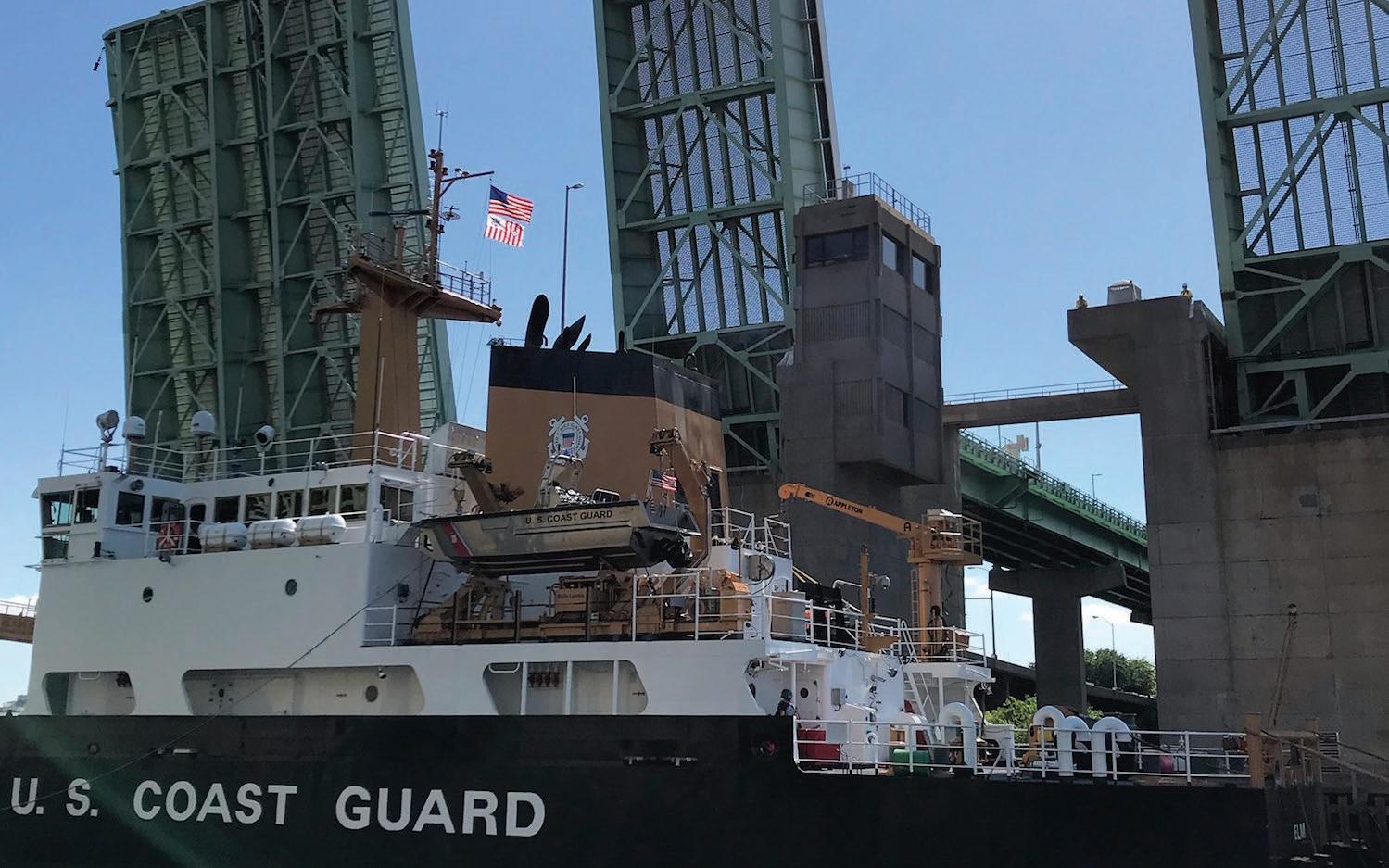
4 minute read
Delivering Infrastructure Projects Efficiently
INFRASTRUCTURE MARKET
n By Scott Jason
Delivering infrastructure projects efficiently, within budget and on time is critical to our customers, particularly our public agency owners. One way public agencies ensure they are delivering projects efficiently is by choosing a delivery method that allocates risk and control to the entity best able to manage it during design and construction. Historically, the two most common methods of project delivery are “Design-Bid-Build” and “Design-Build.” These delivery methods tend to be a one-size-fits all approach and the owner must accept tradeoffs when choosing between the two.
Over the last decade, the Federal Highway Administration has promoted an alternate delivery method called Construction Manager/General Contractor (CM/GC) to overcome limitations of Design-Bid-Build and Design-Build. This method of project delivery allows the client/agency to retain control of the design through a contract with the engineer of their choosing while at the same time having the advantage of utilizing the collective experience and knowledge of the best suited contractor to provide constructability, risk and subsequent cost analysis input during the design process. This process is the best example of working together as a team for a common goal leveraging the strengths of all parties involved. Cianbro has been at the forefront of adopting this new approach from the contractor side and to date, has either completed or is in the process of executing CM/GC projects in Connecticut, Maine, Maryland, and Vermont. The following provides a more detailed look into those projects.
The Walk Bridge & CP243 Dock Yard Project
Connecticut Department of Transportation
Cianbro is currently working with Connecticut Department of Transportation (CTDOT) on two projects that are part of the overall Walk Bridge Program in Norwalk, Connecticut. What originally started as one project to replace the existing swing bridge evolved into two projects out of necessity. It was determined during the procurement and CM process that additional rail work was needed to avoid any significant impact to the rail service. The CTDOT was able to utilize the extensive experience of the Cianbro joint venture team to accelerate the start of the work, which may have otherwise been delayed, possibly for years. By using the CM/GC team approach, the precursor project referred to as the CP243 Dockyard Project, was designed, refined, and started while the engineering for the Walk Bridge was taking place. The Cianbro team had project execution personnel and estimating teams working on both fronts to advance the projects.
Cianbro’s collaboration with the owner and designer has enabled design elements of the Walk Bridge to be simultaneously incorporated into the CP243 Dockyard Project. A prime example of this is the early installation of the replacement submarine cable needed for the new bridge and the advanced utilities packages at two separate locations that must be completed as part of the overall program. These activities are planned to finish in advance of the bridge work allowing for less schedule pressure and risk to the owner and less congestion and overall cost during the major bridge work. Further, by performing the utility work early, the team can
focus on larger aspects of the work and minimize the schedule and cost of the overall project.
Through the evolution of the CM preconstruction input, the Cianbro joint venture estimating team has been working hard to identify key staging areas, necessary equipment, barge layouts, and containment strategies needing permit approval. Early input from the Cianbro joint venture team allows the client to work with the regulatory agencies on permit conditions that have the least impact to the project and environment.
Another critical design consideration is negotiating and acquiring the ‘Right of Way’ needed to construct the bridge, particularly where lift spans will be built and ultimately floated into place. After community stakeholders voiced concern about the impact of constructing the lift spans near the downtown area, the CTDOT asked Cianbro, as part of the CM/GC process, to review the possibility of constructing the lift spans off-site. After researching numerous options, Cianbro provided the owner with an outline of different options including means and methods of fabrication, site photos, and costs associated with each option. The ability to receive this kind of feedback prior to finalizing design is one of the key elements of the CM/GC process.

✔ 144,319 Project Safe Hours

Curtis Creek Bridge Rehabilitation
Maryland Transportation Authority
During the pre-construction phase, Cianbro worked with the designer and project owner to identify long lead mechanical and electrical items that could be solicited in an “early procurement package.” This package ensured the project could be awarded and performed within the owner’s schedule.
✔ 62,100 Project Safe Hours
North Hero-Grand Isle Drawbridge Replacement
Vermont Agency of Transportation
During the pre-construction phase, Cianbro worked with the designer to perform a detailed cost analysis of phased construction vs. a temporary bridge installation. Based on the analysis, Vermont Agency of Transportation (VTRANS) was able to evaluate cost and impact for all stakeholders and proceed with the temporary bridge solution. VTRANS also realized gains in cost efficiency by incorporating best practices when utilizing Cianbro equipment, such as using the same cranes for temporary bridge erection and permanent bridge erection. This construction approach required additional fill, but with the benefits of CM/GC, the temporary environmental impacts could be incorporated into the plan for permit approval prior to award.
On complex projects with a variety of stakeholders, a myriad of regulations, and numerous unknowns, the use of CM/GC is proving to be an effective and efficient delivery method that fosters collaboration and innovation to see tough projects through to completion, on time and on budget.











